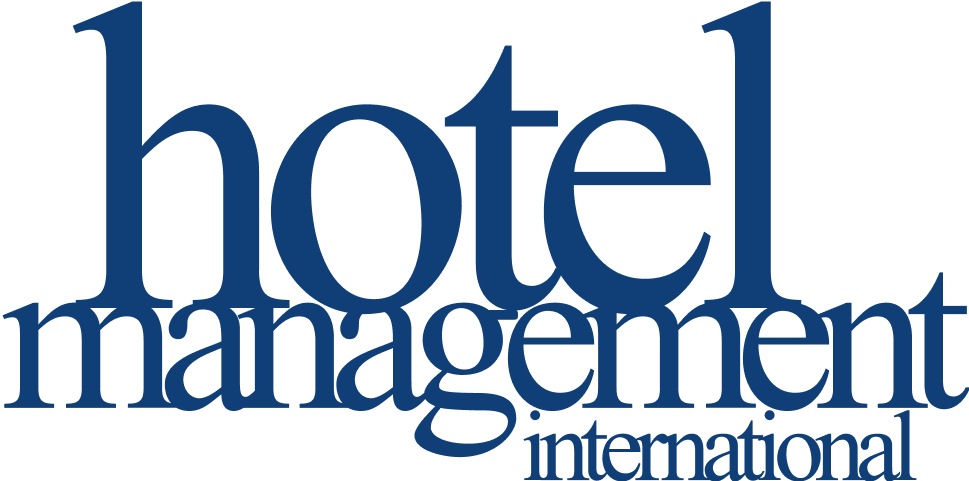When it comes to communicating with guests, it is crucial to capture the four `rights' successfully: get the right message to the right individual at the right time via the right channel. The first two sessions of the new, virtual HITEC Europe Sessions educational series explored guest communication and personalisation in depth to help attendees understand how to successfully capture the attention of guests during the five stages of their journey: during accommodations search; booking and pre-arrival; arrival and in-house; upon departure; and ongoing, post-stay.
Produced by HFTP, HITEC Europe Sessions was a five-week educational series. It was designed to inspire creative solutions, continuous learning and building connections among hospitality professionals in Europe and across the globe. The series was focused on achieving business resilience through technology. Each session offered an educational presentation, followed by virtual breakout rooms for participants to actively engage in debate and discussion in four European languages: French, German, Spanish and English.
The first session focused on communication throughout the guest journey and featured a presentation from Vanessa Borkmann, Frauenhofer IAO, FutureHotel; followed by a panel moderated by Andrew Evers of Red Carnation Hotels, which included Charles Arundel, TUI; Philip Ibrahim, The Student Hotel Berlin; and Robert Speirs, Cheval Collection.
In order to connect with guests during their stay, many opportunities for real-time communication are now available. Consider employing various intelligent touchpoints – which have been optimised and automated by digitalisation and AI – throughout the customer journey. These include providing support via chatbot or a digital concierge, which offer instant personalised online communication, and can build strong interpersonal connections between guests and hotel employees.
Another example might be displaying screens that provide real-time video communication in the reception area or lobby, as well as a TV screen or smart device in the hotel room. These can be valuable access points for communicating with guests while they are in that space. Each channel requires effort and expertise, though not every channel is a valid choice for every hotel. Selecting the right channel is dependent on the audience you are wanting to target. The right channel also depends on the context and situation of the desired interaction – when and why you want to reach out and connect with a particular customer. Conversely, the form of the message (text, graphic, video) is dependent on the channel. Perhaps most importantly as a factor of success is to engage in data-based decision making: if you are active on a particular channel, be sure to track and measure the activity, then analyse and consider the results. If you have finite resources, where do you start?
■ Ask guests: Use a survey tool to collect their feedback and see what communication they prefer, how they want to receive it and when.
■ Take a lean approach: Start by building smaller versions of the solutions you want to implement, test it out, get feedback and then scale up.
■ Envision how you will build it: Building something in-house can be extremely time-consuming and costly. Sometimes, it can be simpler and cheaper to start with a third-party provider, which can set up a solution for your business today that you can learn from. If you have the right set-up, data feed and analytics on the back end, you can learn how to improve your guest experience quickly for a relatively low cost.
■ What about a fifth right: the right technology?
The personalised approach has become the big draw when it comes to guest interaction; in fact, it is almost expected now by guests. While the first session discussed various methodologies, the next question is: how do you approach the engine that drives it?
Programme two
Following up the first HITEC Europe Session, an experienced panel presented stories and advice on customer relationship management (CRM) system implementation, based on what they have done across multiple companies and industries. The panel was moderated by Fergus Boyd of Soho House, and included Eshani Ghosh, also from Soho House, Andy Hunter, ConvaTec and Jon Davis, Village Hotels.
The objective of today’s system is to understand customers better. With this in place, companies can deepen customer relationships, target messaging and improve customers’ experience and impressions of the business to achieve the ultimate goal: maximise revenue. Early systems had been megalithic and techled, and were expensive and lengthy to implement. Now available are customer-first, approachable products that focus on customer relationships:
■ An enterprise-wide system: Be brave and take an enterprise-wide approach to CRM, and avoid inefficient, siloed implementation. Think about how your CRM is going to integrate into a service model, into a retail model and more. Basically, how does it fit with all those things?
■ Invest in data: Data is core to a CRM, and should not be shorted. Be ready to invest more in data than might have been planned for in the business case. One key investment is in an on-site data management team, because outsourcing can be a significant cost. The quality of data is often the hardest part of the CRM journey. Bringing over irrelevant, bad data is useless to your business. And once you have it, all participants need to be onboard with how it will be used.
■ Take it from experience: We learn through our CRM journeys. Understand your customer, also your own users, staff and the processes surrounding it. Don’t rush into implementation. At least look at proof of concepts, MVPs. Have a roadmap with shorter milestones. Start with shorter milestones, and then add as you go forward. And finally, be prepared to spend money on data and infrastructure, internally and externally, with the capability to present the analytics back to the business. It is one of those projects that you must constantly assess; it never finishes, and you shouldn’t hesitate to change tactics if something is not working.






